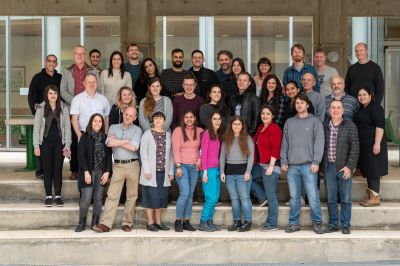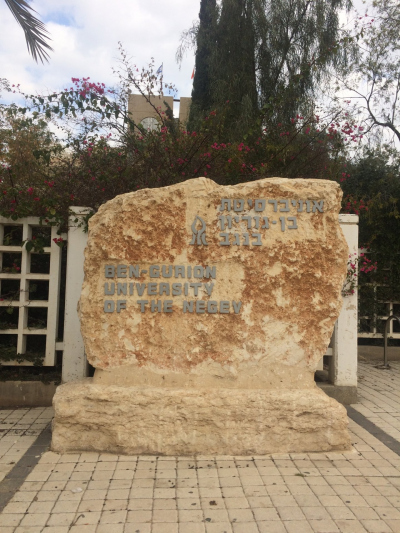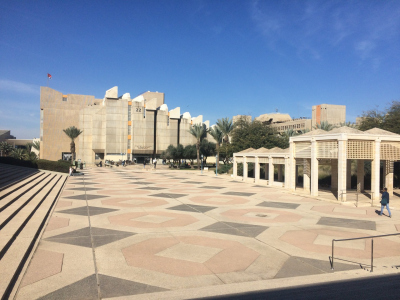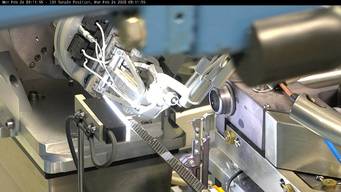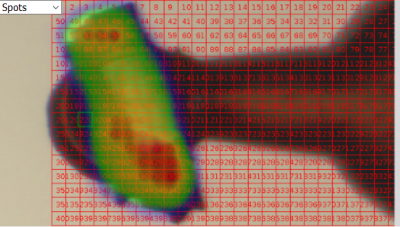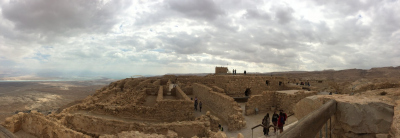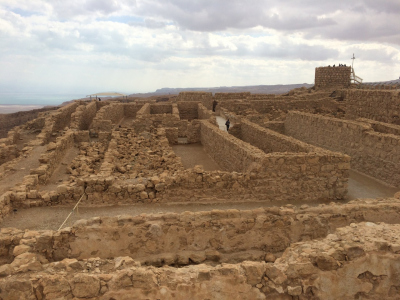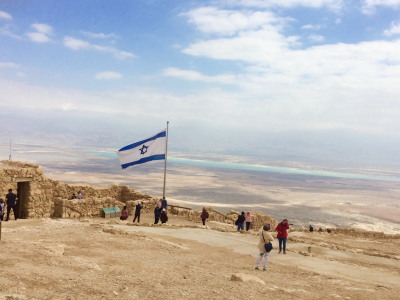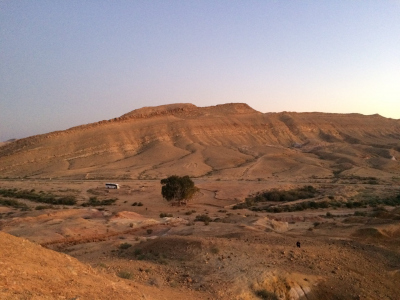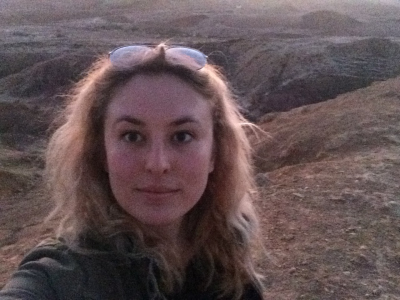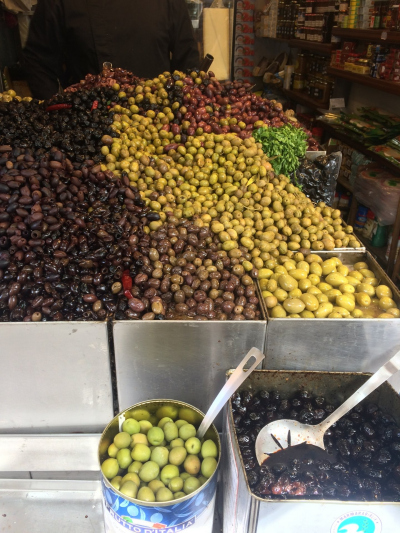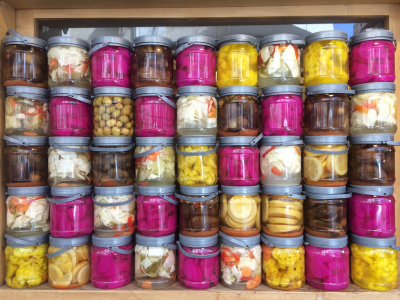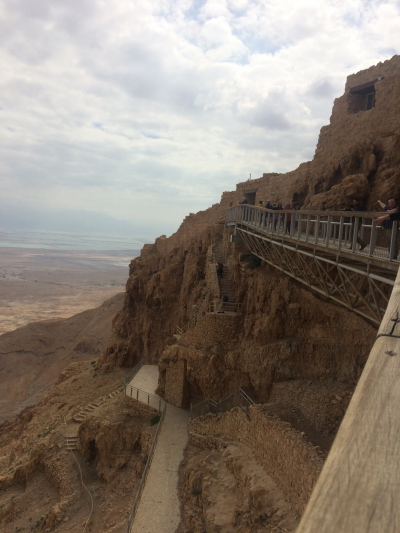- Graduate School GLOMAR
- PhD student reports
- Other activities
- Nadine Gerlach
Nadine Gerlach
Report of GLOMAR PhD Nadine Gerlach about her participation in the 2nd CCP4/BGU Workshop on Advanced Methods for Macromolecular Structure Determination at Ben-Gurion University of the Negev, in Beer-Sheva, Israel from 23 February - 4 March 2020
Structural biology explores the 3D structure of macromolecules such as proteins or nucleic acids. This research field requires the combination of molecular biology, biochemistry and biophysics to enhance our understanding of the function and interaction of such molecules. At present, X-ray crystallography is one of the most favourable methods to determine the 3D structure of macromolecules.
In my PhD project I am investigating how bacterial enzymes degrade negatively charged glycans derived from marine algae. I combine biochemical and structural analyses to gain detailed insights into the enzymatic mechanisms, which will provide a better understanding how heterotrophic bacteria influence the marine carbon cycle. Carbohydrate-active enzymes with low or now sequence identity to structural homologues are of great importance but also challenging candidates to determine their 3D structure. This is why I attended the workshop to improve my knowledge in structural biology using X-ray crystallography.
This course offered extensive training on programs of the Collaborative Computational Project Number 4 (CCP4), which is a comprehensive collection of software to satisfy the computational requirements for X-ray crystallography data. What made this course so unique is that participants were not only taught strategies for advanced methods to tackle no commonplace structural approaches, but also to work on their own data alongside world-leading scientists and methods developers.
In the beginning of this workshop, I collected data sets of several protein crystals at the Diamond Light Source in England via remote access. This was done in small groups of only three participants together with the beamline scientists present at the workshop. In the morning and afternoon, the workshop offered lectures and on hand tutorials to imprint the previously learned knowledge. The evenings were free for the participants to work on their own projects. During the whole workshop, there were always three to four tutors present to help with problems. Thereby, I was able to solve the structure of two enzymes as well as a third one from previous data collection.
Besides science, the workshop organizers created an excellent working atmosphere and a program for free days to gain first impressions of Israel and its ancient and multicultural history. In Israel, Sabbath begins at sundown on Friday and is ending at sunset on Saturday. During this time people do not work but rest and spend time with their families. All workshop participants were invited to join two daytrips. First, we went to Masada. This is an ancient fortress built by Herod the Great Builder in 37 BCE. It is located on a massive plateau south in the Judean desert overlooking the Dead Sea. The next Saturday morning we spent on the food market in Tel Aviv (meaning: spring mound). Our tour guide was a young Israeli who joint us even after the culinary tour. We tasted traditional dishes and beverages from the Middle East from different time eras while experience Israeli in their everyday life.
Overall, this workshop was a huge success not only for my PhD project but also to create a network for future collaboration. I highly recommend this workshop for any Master or PhD student investigating protein structures. This was the best course I attend so far. You are going to enjoy it and the beautiful country Israel!
Finally, I would like to thank my supervisor Dr. Jan-Hendrik Hehemann for giving me the opportunity to work on my project, GLOMAR for financial support for this workshop and my colleagues and collaborators of my PhD project. Special thanks go to Dr. Anat Shahar for organizing such an amazing event and taking care of us so much. Many thanks go to all the tutors and their outstanding support and teaching skills throughout the workshop – especially to beamline scientist Neil Paterson from the Diamond Light Source Synchrotron in England for assisting data collection and Dr. Ronan Keegan from CCP4 for all the help and new skills in molecular replacement. I learned so much from you!



